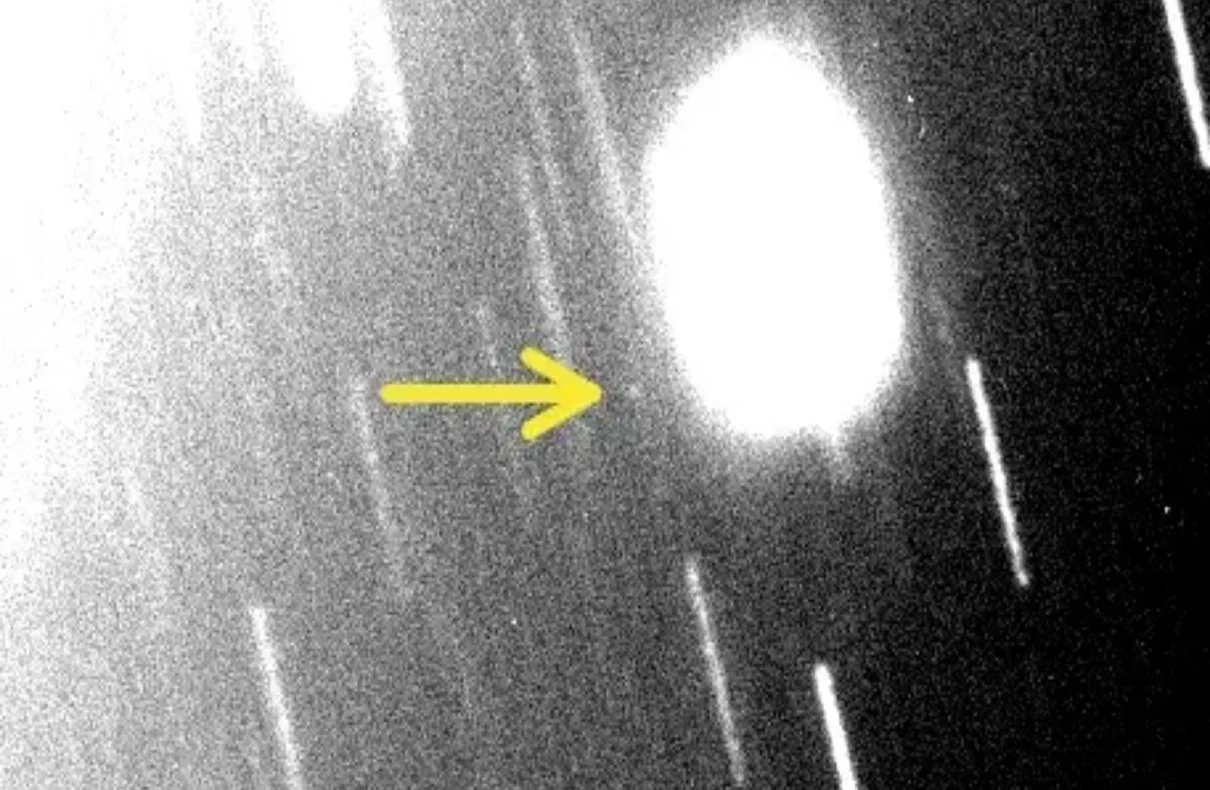
The mysteries of our vast solar system continue to unfold as astronomers make groundbreaking discoveries. In a recent development that has captured the attention of scientists and space enthusiasts alike, three previously unknown moons have been spotted around Neptune and Uranus.
Neptune, one of the gas giants in our solar system, has long fascinated astronomers with its vibrant blue hue and turbulent atmosphere. With this latest discovery, the number of known moons orbiting Neptune has reached an impressive 16. The two new additions to Neptune’s moon family were detected using powerful land-based telescopes in Hawaii and Chile.
Europa: A Moon of Jupiter and Its Potential Habitability
One of the newly found moons around Neptune has an exceptionally long orbital journey, taking approximately 27 years to complete one lap around the planet. This outer moon, located in the frigid outskirts of the Neptune system, showcases the vastness and complexity of our solar system. Scott Sheppard, an astronomer at the Carnegie Institution for Science in Washington, played a crucial role in identifying these moons and shedding light on their orbital patterns.
While Uranus may not receive as much attention as some of its planetary counterparts, it is no less intriguing. With the discovery of an additional moon, Uranus now boasts a total of 28 known moons. The newfound moon around Uranus is estimated to have a diameter of just 5 miles (8 kilometers), making it one of the smallest in the planet’s moon family.
Astronomers speculate that there could be even more smaller moons around Uranus waiting to be discovered. The detection of these tiny moons adds to our understanding of the diverse population of moons in our solar system and raises intriguing questions about their origins and evolution.
Uncovering these tiny celestial bodies was no small feat. Astronomers utilized advanced telescopes and sophisticated imaging techniques to scan the vast expanse of space surrounding Neptune and Uranus. The International Astronomical Union’s Minor Planet Center played a crucial role in cataloging and announcing these remarkable findings, furthering our knowledge of the outer reaches of our solar system.
The discovery of these moons not only expands our understanding of the outer planets but also highlights the importance of continued exploration and research in the field of astronomy. These findings serve as a testament to the power of human curiosity and our relentless pursuit of knowledge about the universe we inhabit.
Each new moon discovery holds significant scientific value and provides astronomers with invaluable data about the dynamics and history of our solar system. These tiny moons offer insights into the formation processes that shaped the planets and their moons, shedding light on the complex interplay of gravity, collisions, and other celestial forces.
Furthermore, the detection of these moons adds to the growing body of evidence supporting the idea that moons are not exclusive to the inner rocky planets like Earth, but also exist around gas giants like Neptune and Uranus. This broadens our perspective on moon formation and the potential for habitable environments beyond our own planet.
Scientists Find Evidence of an Ocean on Saturn’s Moon Mimas
As technology continues to advance, astronomers are hopeful that even more moons will be discovered in the coming years. Ongoing missions and future space exploration endeavors, such as NASA’s James Webb Space Telescope and the European Space Agency’s upcoming JUICE mission to Jupiter and its moons, hold the promise of unveiling more secrets about our cosmic neighborhood.
With each new moon discovery, our understanding of the solar system evolves, inspiring future generations of scientists and fueling our desire to explore the unknown. The study of moons provides vital clues about the conditions necessary for life to thrive and offers a glimpse into the vast diversity of celestial bodies that exist beyond our home planet.
